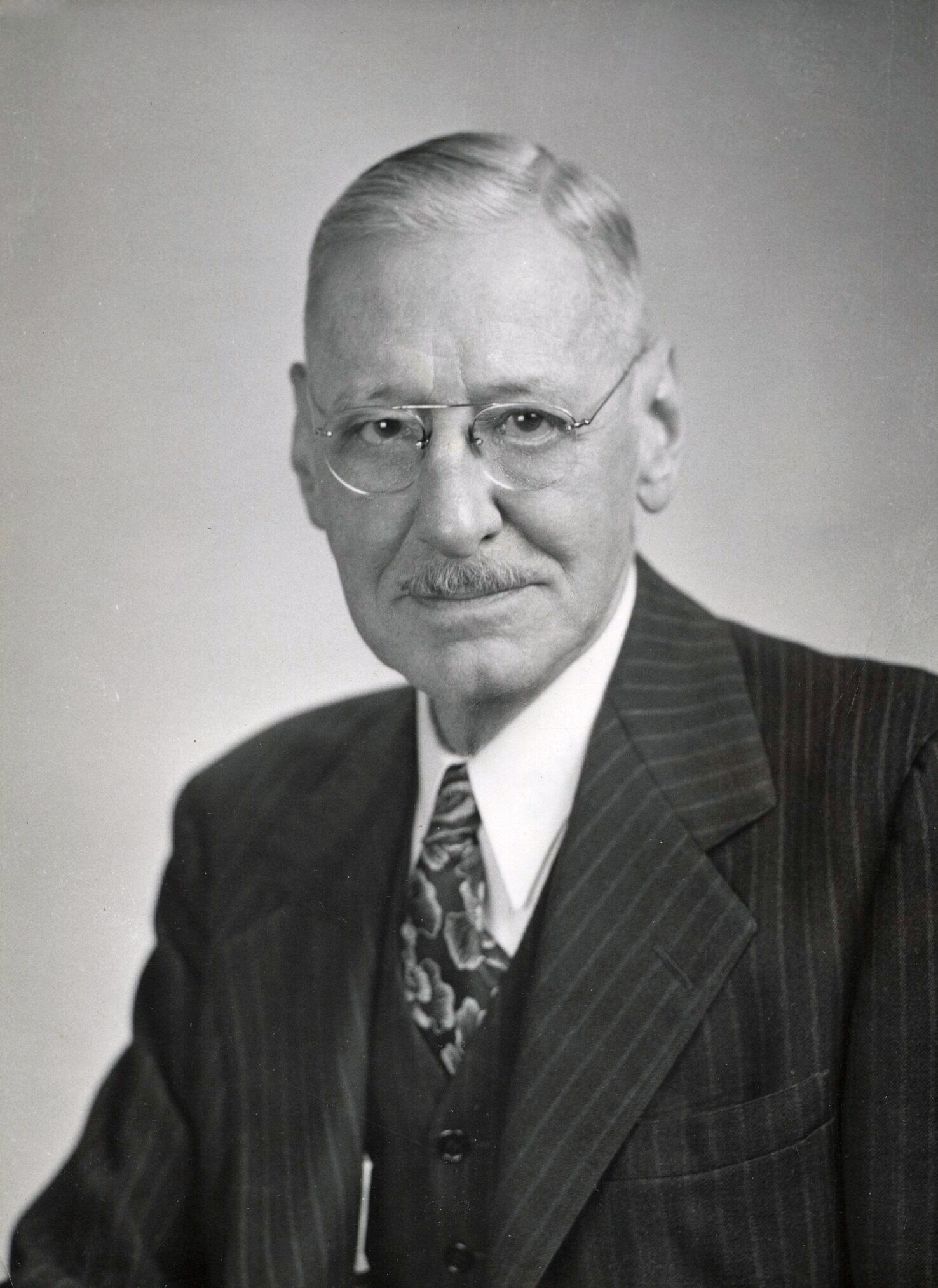Park Valentine Perkins on Theta Chi’s Founders’ Day
The following article written by Fran Becque, Ph.d. was published on April 10, 2020. Dr. Becque is currently the Historian and Archivist for Phi Beta Phi and recently completed a history of our Beta Chapter at MIT. Dr. Becque is a respected fraternity/sorority historian who shares stories connecting the past to the present and the future. Her article on Park Valentine Perkins (Beta/MIT 1905) is reprinted with permission.
I try to write a post for the Founders’ Day of each NPC and NPHC sorority and I had hoped to highlight the sororities not a member of either organization, but I haven’t made much headway on that front. I will try to make it happen. It’s hit or miss with the Founders’ Days of men’s organizations, but when I looked at the list of Founders’ Days for April (it’s on the bottom of the blog’s homepage) I decided to write a post for Theta Chi’s Founders’ Day.
A few years ago, I was asked to write a history of the Theta Chi chapter at the Massachusetts Institute of Technology. I was a bit apprehensive about the task. Prior to that I wrote histories of fraternity and sororities at the University of Illinois and having been on campus many times, it was a fun task to learn about the institution’s history chapter by chapter. Aside from a short trip to Cambridge eons ago, I had no tie to MIT. But paid gigs being what they are, I took the challenge. And along the way, I became fascinated with the beginnings of the chapter. I often talk about founder and builders. Members know the founders’ names and few know the builders. Theta Chi – the fraternity at-large – owes much to one man who falls into the builder category.

Theta Chi was founded on April 10, 1856 at Norwich University, in Norwich, Vermont. Two cadets, Frederick Norton Freeman and Arthur Chase, met in Freeman’s room in Norwich’s Old South Barracks. After taking an oath, they declared each other “true and accepted members” of the Society.
Chase became President and Freeman became Secretary. The next evening Edward Bancroft Williston and Lorenzo Potter joined the order. Theta Chi incorporated in 1888, and despite a few unsuccessful forays to other colleges in the early years, decades went by without any attempts at expansion.
It wasn’t until more than 45 years later, on December 13, 1902, that Theta Chi’s Beta chapter at the Massachusetts Institute of Technology was installed. That chapter came to be solely because of one man, Park Valentine Perkins, a Theta Chi who had transferred to the Massachusetts Institute of Technology. “Valentine,” as he preferred to be called, wanted to share his Theta Chi bond with some of the students there.
Perkins was one of nine men in his class when he entered Norwich Military Academy at the age of 16. Five of them became Theta Chis. When Perkins left Norwich after a year and enrolled at the Massachusetts Institute of Technology, there were more than a dozen fraternities at MIT. Perkins found a group of men he thought would make good fraternity brothers and sought a charter from Theta Chi. He had the support and assistance of Theta Chi alumni living in the Boston area, E. Wesson Clark and J. Albert Holmes, both of whom later served as Theta Chi National Presidents, and George Prentice Lowell.
The group’s first petition was rejected as was a second petition. Several of the men traveled from Boston to Norwich to make personal appeals. There they presented a third petition, and they were finally successful. Theta Chi was on its way to becoming a full-fledged national fraternity. Would Theta Chi be here today had Perkins had been less persistent?
The Alpha chapter was in existence until 1960 when Norwich disbanded all its fraternities. Thanks to Parks Valentine Perkins, extension became a reality for Theta Chi and the demise of the Alpha chapter, though sad, did not mean the end of Theta Chi.
The Park Valentine Perkins Award is presented to Theta Chis who demonstrate a commitment to expansion either by starting an interest group or by significantly assisting a colony that is (re)installed as a chapter.
You may read the original article by clicking here.



